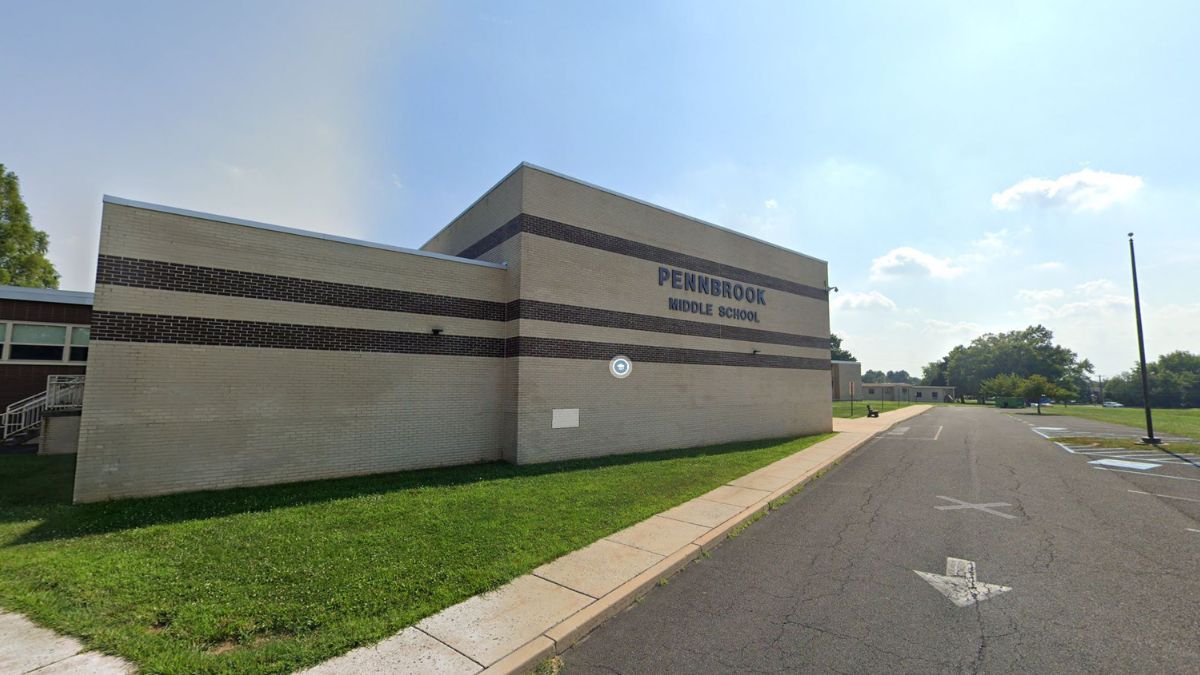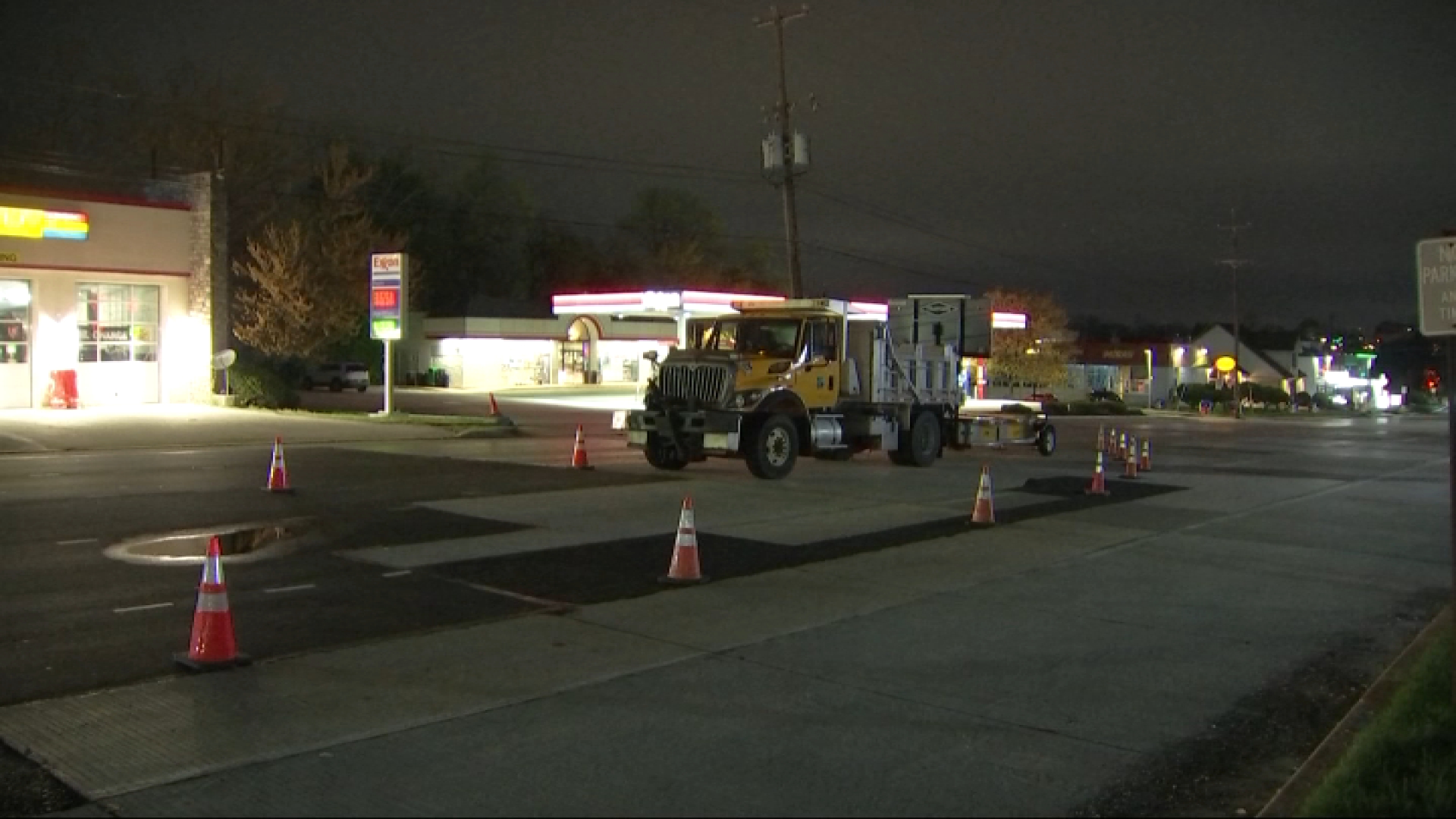Nearly 50 years ago to the day, strong winds and faulty mechanics hurled five U.S. airmen to the earth from above southern Somerset County.
Had fate been a little more cruel, half of western Maryland, and possibly your hometown, would have been reduced to ash.
The plane that night was a B-52D bomber, the most powerful combat aircraft in U.S. history at the time. It was a $7-million intercontinental bomber, an eight-engine craft of the Strategic Air Command.
Its payload: two thermonuclear weapons, each a 9-megaton monster.
"This was the biggest (nuke) that was ever deployed, so to speak, during the Cold War," said Jim Borgardt, physics professor at Juniata College.
According to Borgardt, the result of nuclear detonation would have looked something like this: a fireball 2 miles in radius from the crash; a giant shock wave a mile beyond the fireball; and thermal radiation in a 20-mile radius from the crash site.
Put simply, everyone within 20 miles of the crash probably would have been killed.
"A lot of people are going to die not from the (explosion), but from untreated third-degree burns," Borgardt said.
The B-52 crash fortunately did not end with a nuclear explosion. Borgardt said one reason is that the bombs were separated from their detonators.
"Most of these (bombs) had a number of redundant safeguards for obvious reasons."
Still, many of those who survived what-could-have-been said they will never forget the night the bomber crashed on the mountain.
The date was Jan. 13, 1964. Flight Buzz One Four, a B-52D bomber, left Westover Air Force Base in Massachusetts at 12:28 a.m. The destination for the plane and five crew members was Turner Air Force Base in Georgia. Estimated arrival time was 3:15 a.m.
But the bomber never made it to Georgia, where it was ironically scheduled to receive repairs. Instead, the B-52 ran into a blizzard above the mountains of southern Somerset County.
Maj. Thomas W. McCormick, 42, asked for and received permission from the Cleveland Air Traffic Center to adjust altitude for the wretched conditions. It wasn't, however, enough to save the flight.
Declassified U.S. Air Force documents conclude that "excessive turbulence" exploited "fatigue cracks and weld defects" in the rear bulkheads. This shock yanked out the bolts connecting the tail to the fuselage, ripping the 47-foot tail from its bearings. The tail then struck the horizontal stabilizer and sent the plane veering out of control
Four of the men, including McCormick, were able to exit the plane via ejection seats. The fifth man, Maj. Robert F. Townley, 42, of Gadsden, Ala., was apparently unable to strap himself in properly for the ejection. He died when the bomber went down in a fiery crash on Big Savage Mountain, 17 miles southwest of Cumberland, Md.
Boynton resident Terry Brenneman was only in first grade when the incident occurred. But he said he vividly remembers that morning when the military began coming in — and the towns began mobilizing the rescue efforts.
"They had to get the local population involved because of the weather," he said.
Gerry Beachy recalls his initial reaction to the storm: joy, because he thought school would be canceled.
"The snow was so thick I couldn't see the elementary school 200 yards away," said the Grantsville, Md., native.
School, to his dismay, was not canceled. But it was in class that the then-16-year-old learned about the crash (he doesn't remember being told about the nuclear bombs). And he hit jackpot when he heard the schools would offer an excused absence to any student who volunteered with the search parties for the missing pilots.
"It's amazing how many locals came out," said Beachy, who serves today as the secretary of the Grantsville Community Museum. "It was tremendous."
His rescue team was tasked to New Germany State Park in Maryland. They searched around Western Port Road with no results.
Soon they learned that another group had discovered the body Maj. Robert L. Payne, 41, of Tulsa, Okla.
"When they found him they knew he was dead," Beachy said.
According to Beachy, Payne had frozen to death on a creek bank in the state park. The trio who found him made a stretcher of saplings and blankets. They carried his body for miles out of the woods because they wanted to make sure he received a proper burial.
Local
Breaking news and the stories that matter to your neighborhood.
By that time two of the other airmen had already been found. McCormick landed safely and eventually made it to a farmhouse in Maryland. Capt. Parker C. Peedin landed about 3 miles away from him, and also managed to survive the landing and overnight blizzard. He signaled a small plane with a mirror and was helped to safety.
That left one man: Sgt. Melvin D. Wooten, 27, of Rapid City, S.D.
At the time, Dean Hillegas of Meyersdale was an employee of WFRB radio station in Frostburg, Md. He remembers the frantic search and the extreme conditions.
"The snow back then . . . it was about chest-deep," he said. "It was unreal."
He said he first heard about the crash mid-morning, Jan. 13.
"From then on we scrapped everything and followed (the story) until they found the last man," he said. "The entire area became a military installation."
Wooten was still missing into the fifth day after the crash. Then, according to Hillegas, military personnel — stationed in the Cumberland Airport — received word that a boy and his father may have sighted his body along the Casselman River. They wanted Hillegas to come along for the helicopter ride because he told them he was raised in that area.
It turned out that the body was in fact Wooten's. He was almost entirely submerged beneath the river. According to Hillegas, they could only see his arm sticking out before they chopped him from the ice.
Doctors at the time said they believed Wooten broke his leg during the descent. Landing in West Salisbury only 200 yards from a farmhouse, the belief is that he could see only the town lights in Salisbury through the dark of the blizzard. Unable to open his survival pack because his hands were numb, Wooten probably stumbled toward the lights of town — and ended up falling into the river, suffering frostbite and bleeding out in the water.
Looking back on the incident, Beachy said it's important to recognize the historical significance of the B-52s, which were regularly crisscrossing the United States and flying to the border of the Soviet Union.
The U.S. lost at least three bombers and 14 men over a three-year period in the mid-'60s — all due to faulty mechanics.
"At any one time 12 of them could hit Russia," he said. "They couldn't ground the fleet because it would have put them at a disadvantage to Russia."
He and Brenneman noted that at the time of the crash, U.S. President John F. Kennedy and South Vietnam President Ngo Dinh Diem had only recently been assassinated.
"The tension was pretty high," he said.
The tension was also high in this part of the country, where two unsecured nuclear devices were buried in the twisted wreckage of a B-52 on Big Savage Mountain. A local excavator was authorized by the military to move the bombs two days after the crash. He used a front-end loader, but first lined it with mattresses from a nearby youth camp — to keep the nukes nice and swaddled, just to be on the safe side.
Until they were taken away, Beachy said, "Everybody was concerned."
___
Online:
http://bit.ly/1dQtdRI



